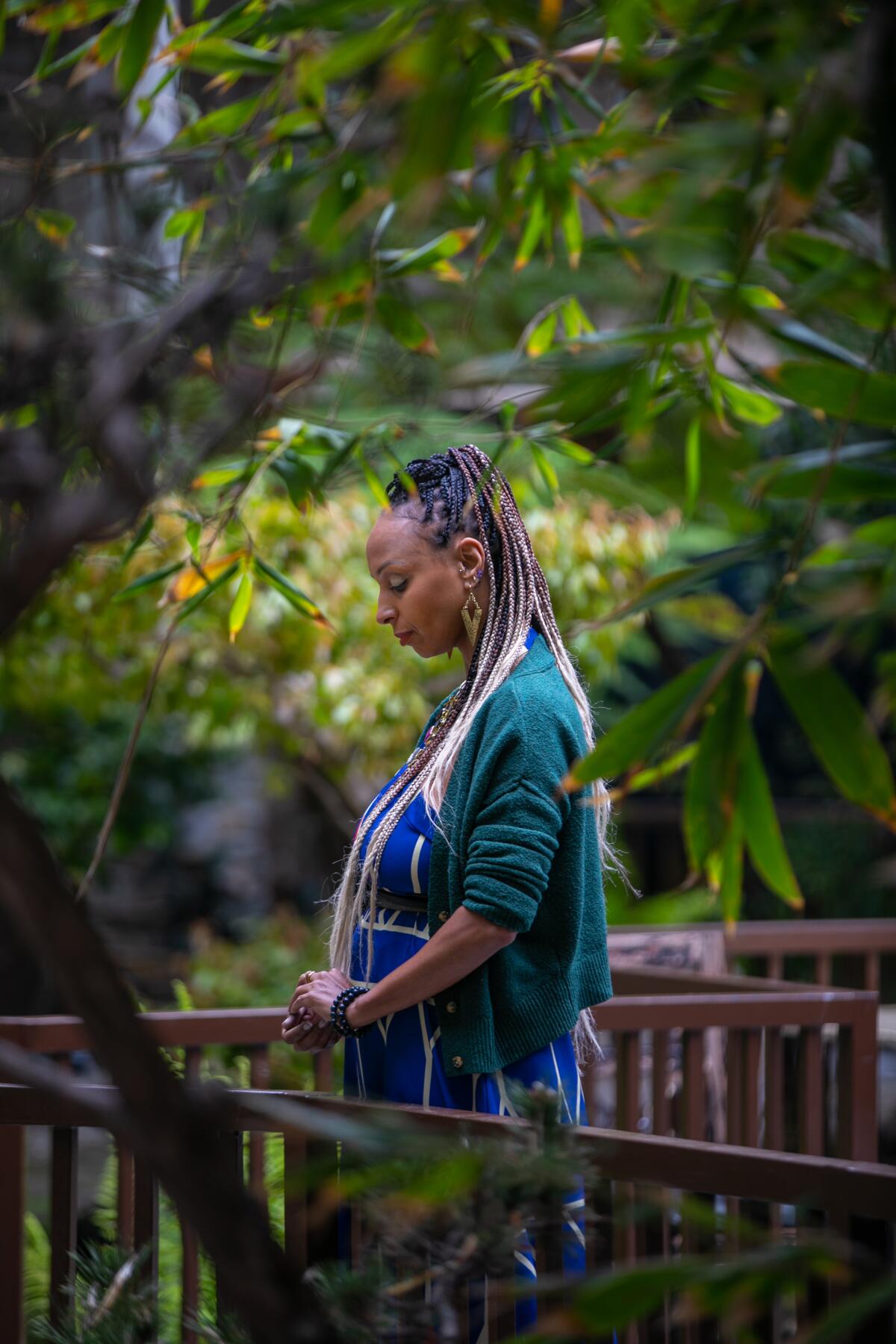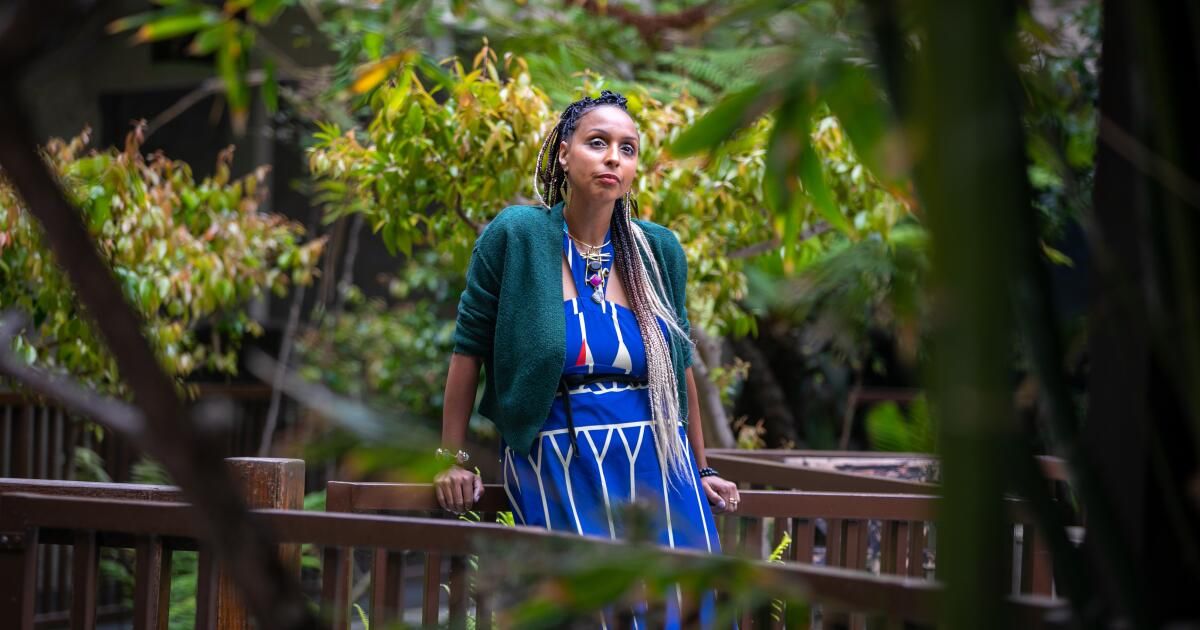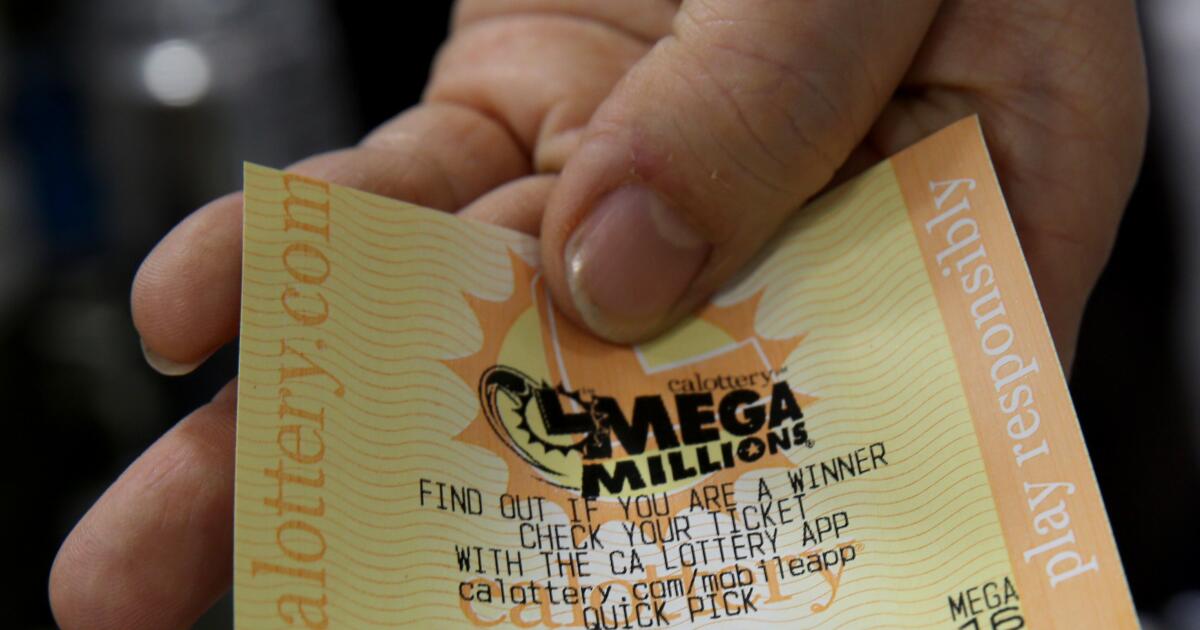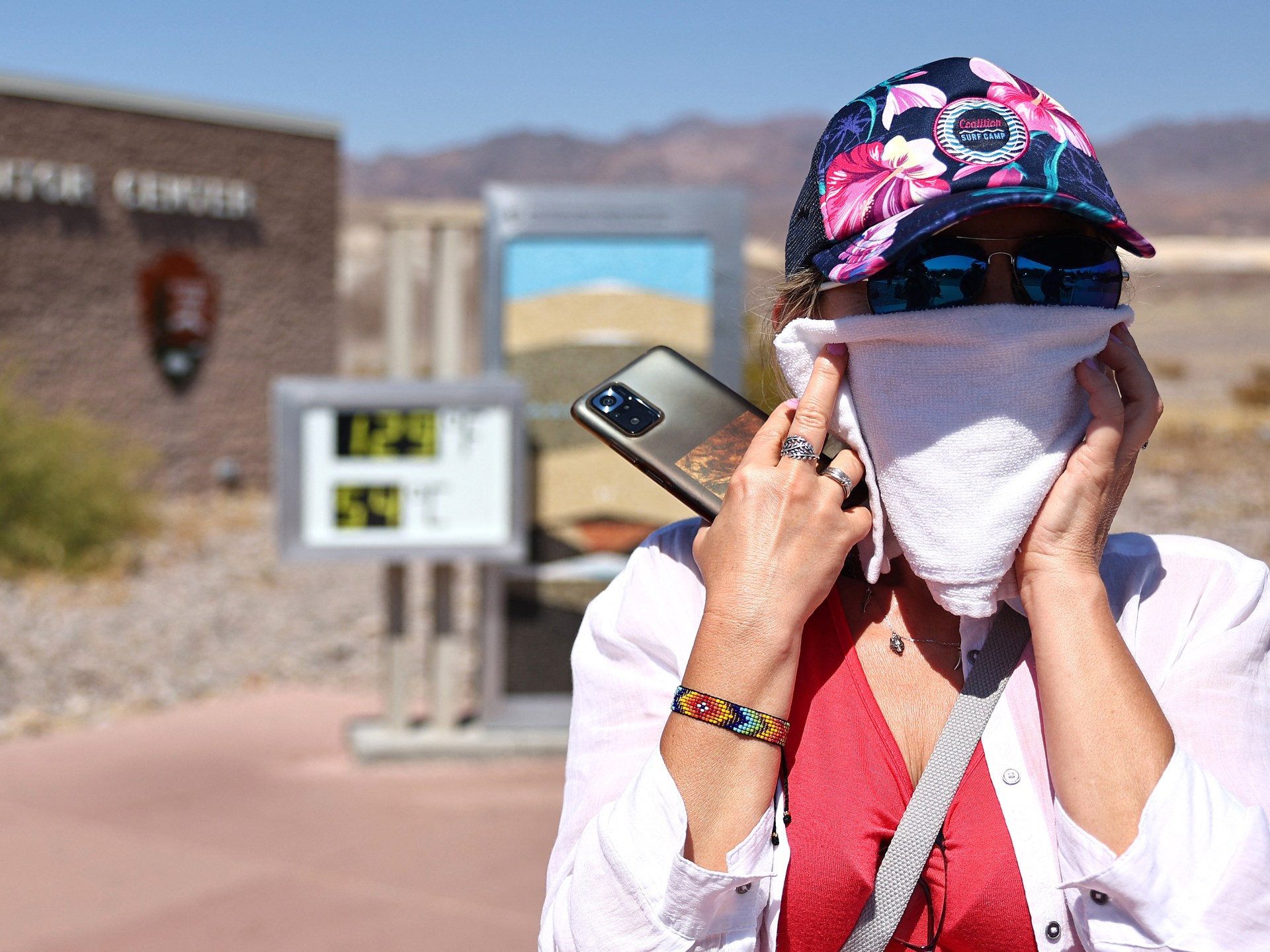Nakeya Fields has seen how the stresses that come with being Black — racial injustice, financial strain, social isolation — can make people feel hopeless and push some into substance abuse.
It's one of the reasons the Pasadena social worker began offering “therapeutic play” meetings for Black mothers like her and their children.
“I'm trying to host more safe spaces so we can come and share what we're suffering,” the 32-year-old said. “And honestly, adults need to play more than kids.”
However, while Black and Brown mental health professionals like Fields have worked to address these issues within their communities, a very different conversation has been occurring across the country.
For years, debates about America's substance abuse crisis have focused almost exclusively on the narrative that it is middle-aged white adults who face the highest risk of dying from drug overdoses, alcoholic liver disease and suicide.
The theory, put forward by two Princeton economists in 2015 and based on data from 1999 to 2013, held that desperation was behind rising premature mortality rates among white Americans, especially those with less education.
Virtually overnight, the concept of “deaths of despair” began to drive national discourse on far-right populist politics; the rise of Donald Trump; and deepening political polarization over issues such as addiction treatment, law enforcement and immigration.
But after about a decade, researchers at UCLA and elsewhere have begun to dismantle this idea.
In a study recently published in the journal JAMA Psychiatry, the authors found that rates of deaths of despair among middle-aged Black and Native Americans have surpassed those of white Americans as the overdose crisis shifts from being driven by prescription opioids to illegal drugs such as fentanyl. and heroin.
While the opioid crisis increased drug overdose deaths among white Americans for a time, it was an anomaly, said Joseph Friedman, an expert in social medicine at the David Geffen School of Medicine at UCLA and lead author of the journal analysis. . In fact, by 2022 the rate for white Americans had begun to decline.
“What's really important is that now, with these three causes of death, the gap has closed and is moving in the other direction,” Friedman said.
Sandra Mims, a community health worker with Community Health Project LA, carries out boxes of Narcan, a naloxone nasal spray that reverses the effects of opioid overdose, at an event at MacArthur Park in Los Angeles on International Drug Awareness Day. Overdose.
(Mel Melcón / Los Angeles Times)
The analysis found that deaths of despair for Black Americans reached a rate of 103.81 per 100,000 people in 2022, compared to 102.63 for white Americans. The rate for the American Indian and Alaska Native populations was even higher: 241.7 per 100,000 people in 2022.
The UCLA analysis does not specify personal midlife problems that might have led to addiction or suicide.
But the authors say flaws in the methodology of the 2015 Deaths of Despair report distorted their conclusions about who was most at risk. Specifically, Friedman said he did not give enough consideration to the longstanding racial inequalities that African Americans experience in terms of income, educational attainment, incarceration and access to quality health care, all of which can contribute to drug use and poor outcomes. mental health. And Native American statistics were not taken into account at all.
“It was seared into the American psyche that these were white people in rural America,” Friedman said. “It was just a small part of the truth that was very interesting but was widely sold as something it wasn't.”
Another recent worrying sign, Friedman says: Deaths of despair among Latinos are beginning to catch up with those of blacks and Native Americans.
Princeton professors Anne Case and her husband Angus Deaton, winner of the 2015 Nobel Prize in Economic Sciences, garnered media attention when their findings on deaths of despair were first published. Deaton told NPR that during a visit to the White House, even President Obama asked him about the phenomenon.
His 2020 book, “Deaths of Despair and the Future of Capitalism,” was described by Princeton University Press as “a haunting portrait of the American dream in decline.”
“For the white working class, today's America has become a land of broken families and few prospects. As college-educated people become healthier and wealthier, adults without a degree are literally dying of pain and despair,” the editor said.
Fields, who uses yoga and pottery in her therapy, said this framing was misleading and racially biased.
“I'm actually flabbergasted that anyone has a term called 'deaths of despair,'” Fields said. “It is 'despair' when white people experience this suffering. But when we experience it, that's what we have to deal with.”

Nakeya Fields says it's important to address mental wellbeing issues early, before people reach a crisis point and become another statistic.
(Jason Armond / Los Angeles Times)
Both Friedman and Fields say their criticisms are not intended to minimize deaths among white Americans.
Still, Friedman asks, “How do we empower Black and Native American communities in a way that allows them to address these issues?”
Racism must be considered when trying to make sense of the premature death crisis, says Dr. Helena Hansen, head of the UCLA Department of Psychiatry and lead author of Friedman's analysis. Hansen, who is Black and specializes in addiction psychiatry, also co-authored the book “Whiteout: How Racial Capitalism Changed the Color of Opioids in America.”
For years, pharmaceutical companies targeted expensive prescription painkillers, such as the opioid Oxycontin, as well as the most effective medications for opioid use disorder, at white Americans with good access to health care, he said.
But at the same time, Black and Brown Americans were unfairly subjected to policing policies that prioritized incarceration for illegal drug use over increasing access to more humane medical strategies to help them, further harming already vulnerable communities, Hansen said.
“In our society, people with access to new technologies and pharmaceuticals are more likely to be white,” Hansen says. “None of this is by chance. “All of this is a direct result of careful marketing strategies segmented by race and class by pharmaceutical companies.”
This two-tier system arose because drug makers, doctors, and policymakers have for too long failed to see people from historically marginalized communities living with addictions and mental health crises as worthy of equal sympathy and treatments. that many white Americans receive, Hansen says.
Joseph Gone, an anthropology professor at Harvard who has spent 25 years studying the intersection of colonialism, culture and mental health in Indigenous communities, agreed.
“Deaths of despair have been a reality for indigenous communities since the conquest and dispossession,” he said.
“It's amazing how much pain our people suffer from premature deaths; there aren't many communities in America that endure it like we do,” said Gone, a member of the Aaniiih-Gros Ventre tribal nation of the northern United States. Central Montana. “Until we recognize and take responsibility for the victims of colonization, who endure to this day through deaths of despair, it will be very difficult to change the situation.”
Gone, who has collaborated with Friedman on previous research, says the mental health crisis in tribal nations is compounded by widespread unemployment and generational poverty, and a lack of health resources to treat people who need immediate treatment. or long term.
Only one traveling psychiatrist staffs reservations spread across Montana and Wyoming (a region covering more than 243,300 square miles) primarily to handle patient prescriptions, he says.
And “for the entire Indian country, we're talking about a very small number of inpatient psychiatric facilities,” Gone says.
General practitioners can serve as a first line of defense, but they are not necessarily equipped to address ongoing life crises that can lead to excessive drug and alcohol use, Gone says.
Fields says it's important to address mental wellbeing issues early, before people reach a breaking point and become another statistic.
While her focus remains on Black women, she has developed additional programming for adults, families and children, such as developmental screenings that measure high levels of stress. In June, Fields will co-host “Rap 4 Peace,” a conference and gala where hip-hop artists will speak about mental health and reducing gun violence.
“This 'tragedy of despair' lives on in us,” Fields says. “We breathe it. We go out into the streets hoping that no one will harm us or our children because they feel threatened by us. “This is really harmful to our bodies.”











